In this article, we will learn the difference between earth and neutral in an electrical power circuit and their purpose.
In an electrical power supply, there are three types of wires – phase, neutral, and earth.
People always assume that neutral and earth are the same; because they carry no current. It is true that both the earth and neutral are non-conducting (earth carries leakage current to an extent), but both have striking differences.
The purpose of both earth and neutral is not the same. In this post, we will see the difference between earth and neutral connections.
What is Neutral?
As you know, in any electrical path, two potentials make up the circuit and allow the flow of current–phase and neutral.
Phase is the conducting wire which has current, and neutral is the conducting wire which has no current but just completes the current path by redirecting it to the source point.
So, a neutral wire is used to complete the current flow in a circuit. Without the neutral wire, the current will not flow through the load. It is also called a zero potential point.
As you can see in the below image, the load is connected to two points – phase (red line) and neutral (black line). The third point is connected to the earth.
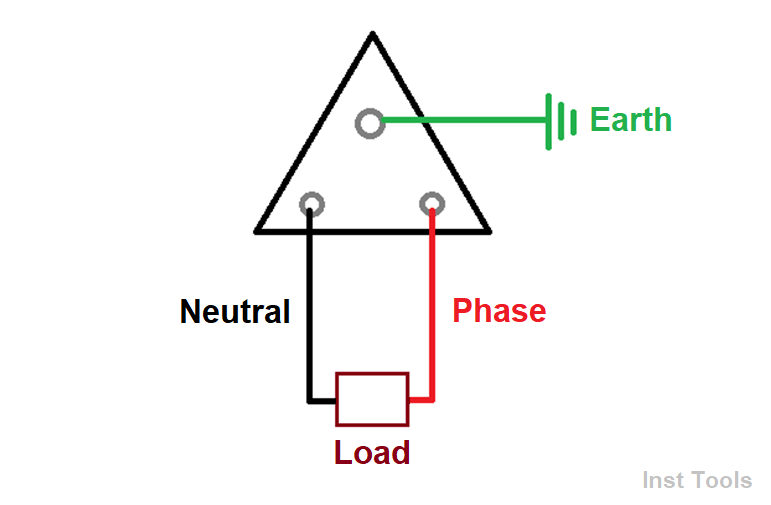
What is Earth?
Every equipment used in a control panel (low power or high power) generates some electrical leakage current or noise during operation.
When it interferes with other equipment around it, it causes abrupt operation and creates disturbances in the circuit. They do not provide the required output & pose threats of electric shocks during fault conditions.
During such conditions, a very high current flows through the circuit and there are chances that it will not flow to its designated path, but instead flow through the metallic body of machines or panels.
When any person comes in contact with this path, he will be prone to electrical shock. These leakage currents thus pose a threat to the nearby environment. So, it is necessary to divert these currents to some other path. This is done by earthing.
Earthing is the means of passing electrical energy directly to the earth (earth pit) with the help of some non-current carrying part of the equipment or connecting neutral of the supply system to the ground.
The leakage or fault current passes to the earth which has zero potential. This nullifies its action and protects the nearby environment from damage.
Earthing is checked by measuring the value of ground resistance. It should ideally be between 0-5 ohms. This resistance must be measured periodically to maintain a safe surrounding.
Can we connect the Earth in place of neutral for Conducting Current?
Yes; if required, you can connect an earth wire instead of a neutral wire for completing the current path. This is because current requires a path to complete; and as the neutral was doing the same thing with zero potential, an earthing wire can also do the same thing by completing the path with zero potential in it.
But, this is done only in rare cases. Because in that case, earthing will not provide safety features; and that can cause damage to the circuit.
Earth is used for safety purposes primarily. The neutral wire is used for completing the current path with the phase wire.
Difference between Earth and Neutral
The following are the main points that show the differences between the earth and neutral.
- Earthing is a low resistance path that is used to carry leakage current and prevents any damage to the circuit; whereas neutral is a conducting path that is used to complete the flow of the circuit.
- It is referred to as the grounding point for electricity; whereas neutral is referred to as the returning point of the electricity.
- Earth wire cannot be turned into a neutral wire, but a neutral wire can be turned into an earthing wire.
- Earthing may be separately connected or connected by a neutral wire. Neutral wire requires a separate connection only.
In this way, we saw the difference between earth and neutral.
If you liked this article, then please subscribe to our YouTube Channel for Instrumentation, Electrical, PLC, and SCADA video tutorials.
You can also follow us on Facebook and Twitter to receive daily updates.
Read Next:
- MCB Tripping Protection
- Ground Fault and Earth Fault
- Electrical Earthing Calculation
- Routine Tests of Transformers
- Compare MCB and MCCB

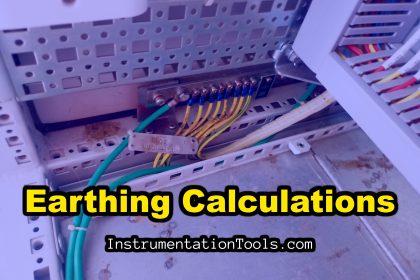

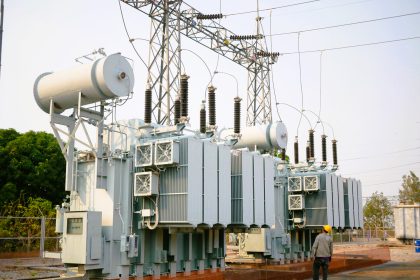
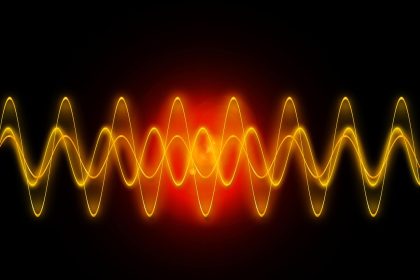

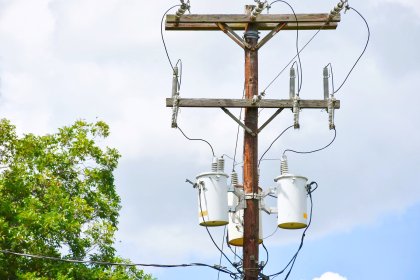



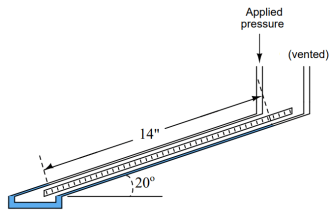

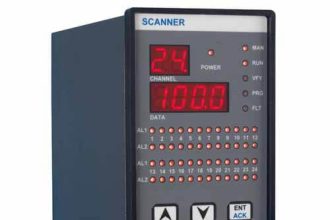

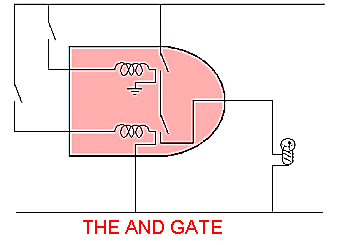


You Say ” Phase is the conducting wire which has current, and neutral is the conducting wire which has no current but just completes the current path by redirecting it to the source point.”
In a 2 phase system as you show current does flow in the Neutral wire.
In a 3 phase system , you could claim that no current will theoretically flow in the Neutral, however in practice there is also some imbalance in the phases so some current will flow.
True, current definitely flows in neutral conductors, almost all the time. Tong the neutral and measure it. In a 3 phase system star or wye connected system, the neutral keeps all 3 phase voltages equal, by carrying the “out of balance” current.
Why does a ductless compressor wired in 220 use only ground wire and no neutral?